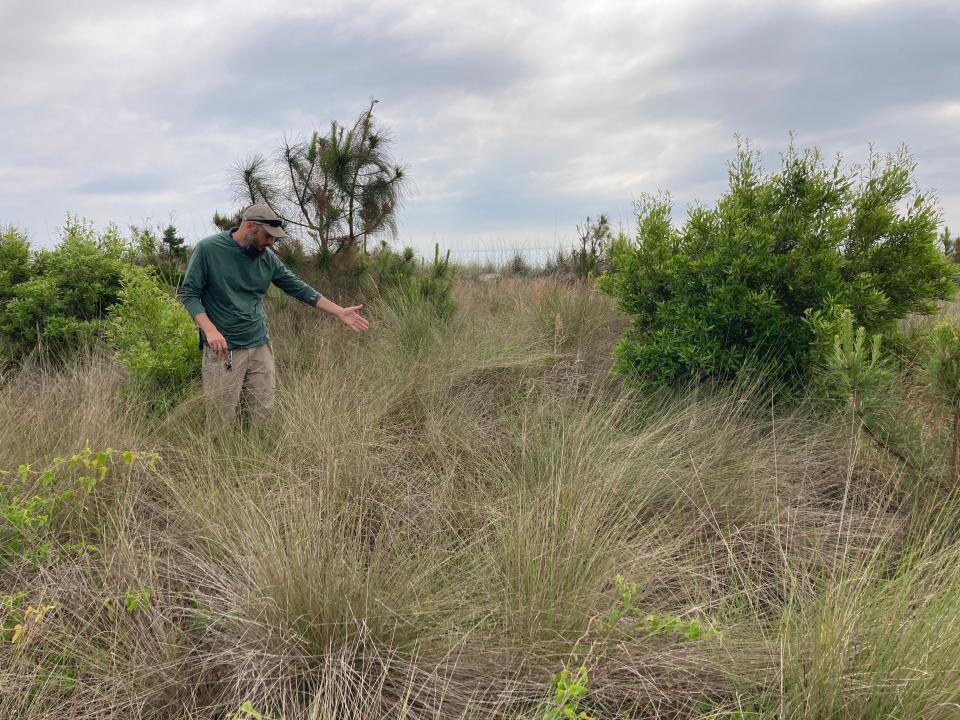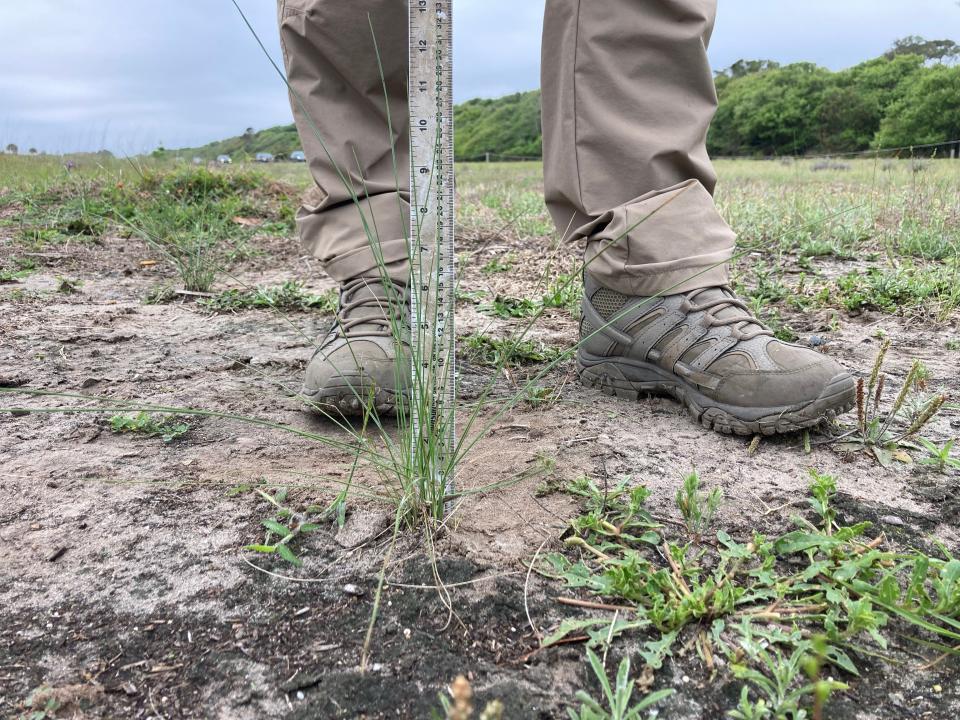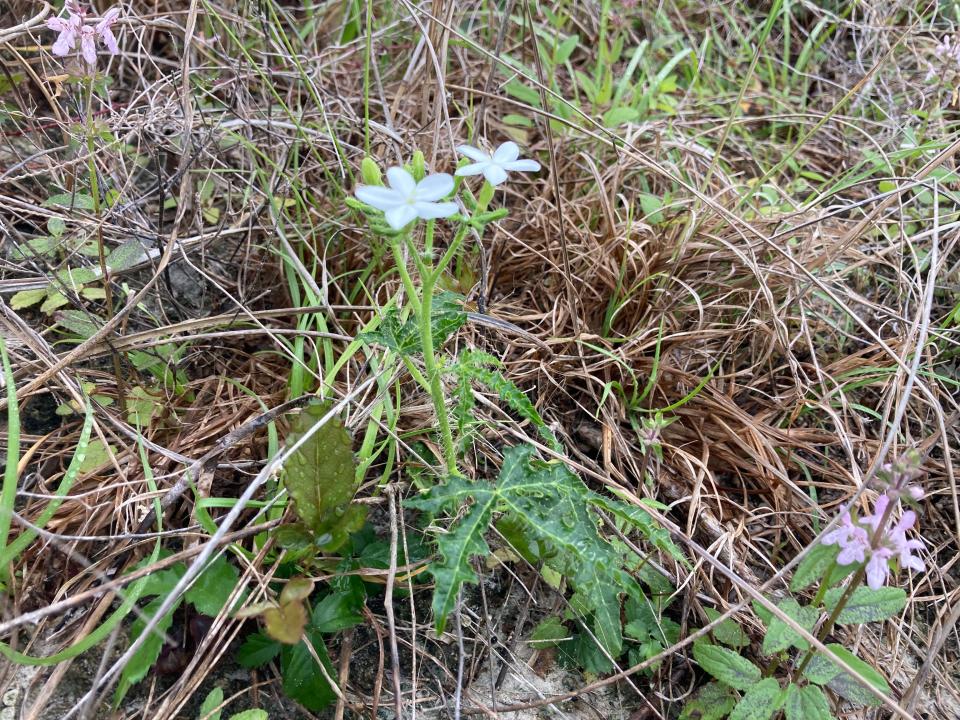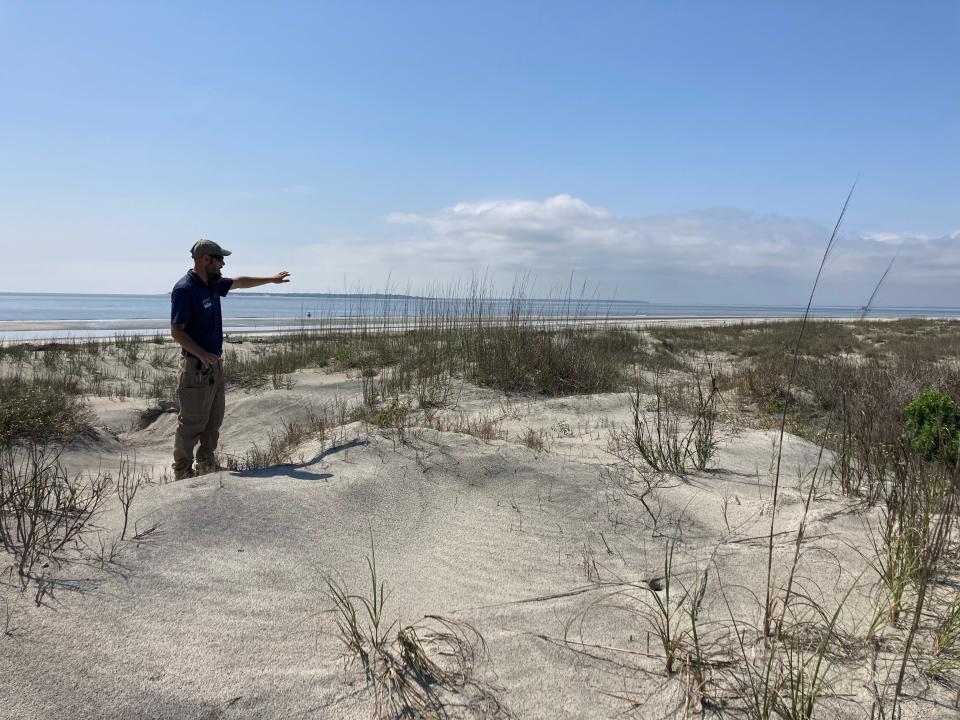One tank trip: New conservation grant will aid centuries of Jekyll Island's plants, animals
For many in Coastal Georgia, Jekyll Island is synonymous with pristine beaches, surreal driftwood landscapes, extensive bike paths and of course, golf. When the former playground of 20th century elites became a state park in 1947, the island was opened to everyone, and significantly, with a mission to preserve its natural beauty. Written in the park’s designation are regulations that no more than 1,675 acres be placed in use for development.
The local island authority takes land conservation seriously within the nearly 6,000-acre coastal jewel. In large part, it’s why Jekyll continues to be revered for its rustic appeal.
And though Jekyll Island may be best known in conservation circles for its support of sea turtles, where the Georgia Sea Turtle Center welcomes more than 100,000 visitors annually and is the only rehabilitation facility like it in the state, the island is also active in boosting other species.
One tank trip: Paddle Georgia 2023 offers relaxing trip through state history
One tank trip: Reflect on the history while taking in Harris Neck National Wildlife Refuge
One tank trip: You may not know everything about Skidaway Island State Park
With a new $42,000 conservation grant from Georgia Audubon and Georgia Ornithological Society, birds and a range of plants and animals will benefit on the island in years to come.
An important stop for migratory birds on the Atlantic Flyway, birders and biologists around the world appreciate Jekyll for the diverse species passing through each spring and fall. An important factor in these birds’ survival is the maritime grassland habitat.

Yes, grass. Native grasses, like Muhly — also known as sweet grass — are essential for birds, mammals, reptiles, insects and more to thrive among the barrier islands.
Early on an overcast March morning, I met up with biologist, Joseph Colbert, who serves as wildlife manager at Jekyll Island Authority. With the new funding, he and his team plan to rehabilitate a narrow, three-acre plot adjacent to Oceanview Beach Park. In 2011, “X-Men: First Class” was filmed here, and though the production company fulfilled its obligations in re-vegetating the landscape with native plants and sand, the Jekyll conservation team learned from that experience that there are likely better-adapted approaches in conserving grasslands on the island.
One tank trip: Enjoy nature and history together with a camping trip to Jekyll Island
“The maritime grassland ecotype exists within a narrow range of conditions and locations on the backsides of sand dunes opposite the ocean and between the maritime forest,” explained Colbert. “Currently on Jekyll we have .97 acres of these grasslands, and it’s considered a level G-2 globally imperiled plant habitat. There’s not a lot of it left, and we want to ensure this important ecotype remains and is viable to sustainably continue on the island on its own.”

Colbert goes on to explain that though it may look like a messy tangle of unimportant weeds, as many as 21 unique native plant species can be found within one square meter of the ecosystem. It provides crucial habitat for pollinators, cotton rats, rabbits, small lizards and snakes. These small prey, in turn, sustain a range of predators.
Insects become food for birds, migratory and resident; rats and rabbits become meals for raptors, bobcats and rattlesnakes. Muhly grass and its cohort of small flowering plants are the foundation of an ecologically healthy barrier island.
One tank trip: By ferry or horse, Daufuskie and Hilton Head Island are ample lands to explore
“Once the Muhly grass gets nice and tall, it’s excellent cover for so many critters. And painted buntings are happy as can be with dense grass and scrubby habitat like this,” said Colbert, pointing to a shrub-like crepe myrtle. “They like to get in these protected spaces, build nests and thrive.”
The first step in resuscitating the imperiled ecotype was finding and collecting local seed. Colbert and his crew harvested seeds from Muhly grass on Jekyll, and then a greenhouse near Atlanta agreed to germinate and grow them for about nine months until the grass was sturdy enough to be transplanted. A couple months ago, a team of volunteers turned out on the island to help get the nascent plants in the ground. In time, the new Muhly will grow as tall as four feet or more.

We then hop in Colbert’s work truck and head to the south end of Jekyll where naturally transferred sand deposits are rapidly building up the island. Here, we park at the Georgia 4-H Camp and head toward the beach via a long walkway. “This boardwalk, it’s recycled,” beamed Colbert. “Made from milk jugs, recycled number two plastic.”
Just before we get to the beach, we stop at a spot where an ambitious dune dares to overtake the planks. He hops the railing and stands atop it.
“Because of sand accretion, this area is primed for Muhly grass restoration,” said Colbert. “After we establish the initial three acres, in a few years, I would like to bring the project here. That would be an important conservation achievement, essentially rescuing a local ecotype from extinction, and then repeating that strategy in another, larger location to sustain more populations of plants and animals. The grant funding from Georgia Audubon is key in planning and carrying out all of this important conservation work.”

We head back to Oceanview Beach Park, and Colbert returns to his office. I linger at the edge of the parking lot before inching into the open grassland to scrutinize the plants. Little yellow flowers emerge; a teeny bouquet of white bends in the breeze; small pink, purple and orange blossoms also bob their heads. Here, a host of green and flowered things, virtually undetectable when walking or driving, come into bright focus under close inspection. All completely necessary and working together to underscore the ethos of “tiny but mighty.”
It’s humbling how some of the smallest plants are imperative food sources and shelter for many of the animals I love. Fledgling painted buntings take their first flights in landscapes just like this where unassuming grasses provide the bulk of seeds they thrive on. Summer tanagers, yellow warblers, tree swallows, blue grosbeaks and indigo buntings are a few more migratory species benefitting directly form this maritime grassland ecosystem.
One tank trip: St. Phillips Island is a natural refuge less than a tank of gas away
With these thoughts clambering in my head, I hop on my bike to enjoy some of Jekyll Island’s 25 miles of bike paths in hopes of catching a glimpse of the season’s first painted bunting newly arrived from Central America or Caribbean. And I think about how in coming years this habitat will be aflutter with even more birds, bats, butterflies and slithering, creeping, crawling creatures.
Lauren Clontz, coastal conservation coordinator with Georgia Audubon, heads up community workshops and conservation opportunities on Jekyll Island. For more information on how you can get involved, contact her at Lauren.Clontz@georgiaaudubon.org
This article originally appeared on Savannah Morning News: Conservation grant to aid Muhly native grasses on Jekyll Island GA

